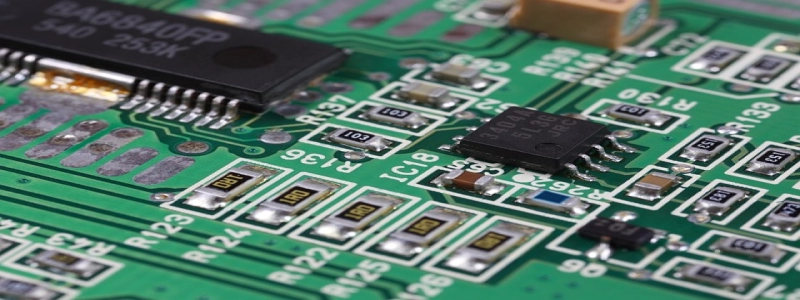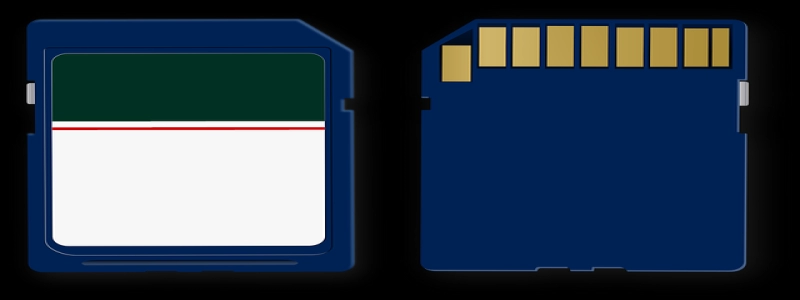Single Mode Fiber vs Multimode Fiber
Introduction:
In modern telecommunications, optical fibers are widely used for transmitting data over long distances. Two main types of optical fibers are employed, namely single mode fiber (SMF) and multimode fiber (MMF). While both SMF and MMF serve the purpose of transmitting data using light signals, they differ significantly in terms of their design, performance, and applications.
I. Single Mode Fiber:
– Definition: Single mode fiber, as the name suggests, allows only one mode of light to propagate through the core.
– Design: SMF has a smaller core diameter (around 9 micrometers) compared to MMF, allowing a single mode of light to propagate directly and ensuring minimal signal dispersion.
– Performance: Due to its smaller core diameter, SMF can transmit data over long distances with less attenuation or loss of signal. It offers higher bandwidth and data transmission rates, making it suitable for high-speed applications.
– Applications: Single mode fiber is commonly used in long-haul telecommunications, such as connecting cities or countries. It is also used in backbone networks and for applications requiring high bandwidth, such as data centers and internet service providers.
II. Multimode Fiber:
– Definition: Multimode fiber, on the other hand, supports multiple modes of light propagation.
– Design: MMF has a larger core diameter (typically 50 or 62.5 micrometers) compared to SMF, allowing multiple light modes to propagate through the core.
– Performance: Due to modal dispersion caused by the different paths taken by multiple light modes, MMF exhibits higher attenuation and lower bandwidth compared to SMF. It is suitable for shorter distance transmissions, typically up to a few kilometers.
– Applications: Multimode fiber is commonly used in local area networks (LANs), such as connecting computers within a building or campus. It is also used for shorter distance communications, such as video surveillance or multimedia transmission within confined areas.
III. Comparison:
– Distance: SMF can transmit data over longer distances (tens or hundreds of kilometers) compared to MMF, making it suitable for long-haul transmissions.
– Bandwidth: SMF offers higher bandwidth and data rates compared to MMF, making it ideal for high-speed applications requiring large data transfer capabilities.
– Cost: Due to its more complex manufacturing process and advanced performance, SMF is generally more expensive than MMF.
– Compatibility: SMF and MMF are not directly compatible due to the difference in core size. However, specialized devices such as mode converters or transceivers can be used to connect both types of fiber if necessary.
Conclusion:
In summary, single mode fiber and multimode fiber are two types of optical fibers used for data transmission. While single mode fiber offers longer reach, higher bandwidth, and is commonly used in long-haul telecommunications, multimode fiber is suitable for shorter distance transmission within LANs and confined areas. The choice between SMF and MMF depends on the specific requirements of the application, including distance, bandwidth, and cost considerations.








